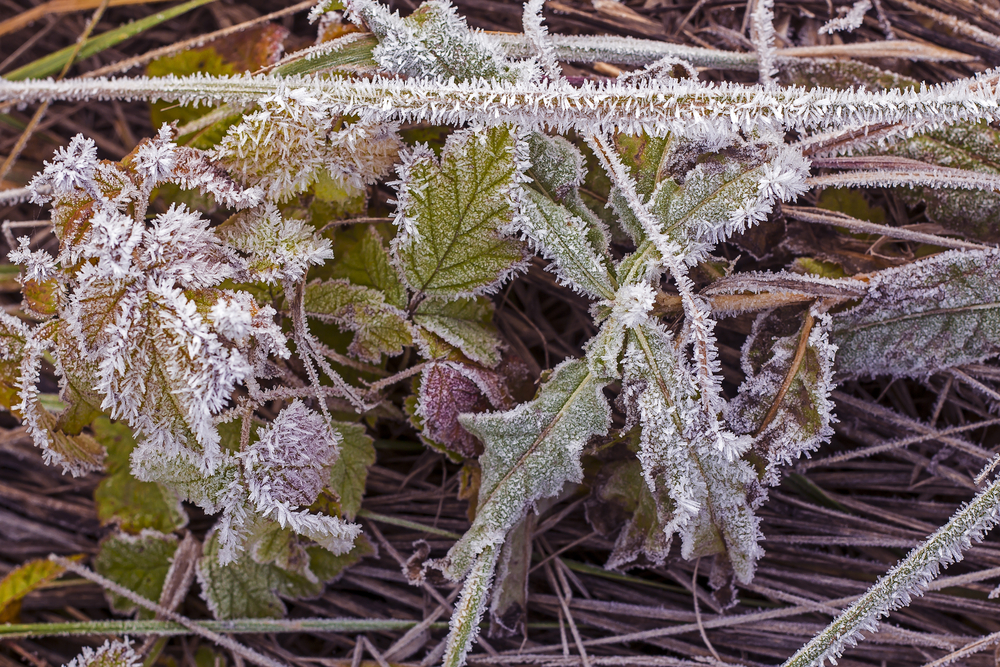
Don’t Let Frost Damage Destroy Your Landscape
Time and time again, winter proves itself to be one of the harshest and potentially one of the most damaging seasons. Unfortunately, one of the hardest parts about winter has consistently been the inability to ever properly predict and prepare for the intensity of the weather and frost damage it leaves behind on vegetation and landscape equipment.
By the time winter makes its grand entrance, it’s usually too late and depending on where you live. But, with a little bit of foresight and proper preparation you can avoid some major issues, expenses, and even prevent some of the most common types of winter frost damage. This prep will give you a perfect leg up for the spring.
How To Prevent and Repair Frost Damage
One of the First Victims of Winter Frost Damage is Usually the Lawn
Luckily, there is a way to get plants prepared for frost and it involves pruning. To remedy the potential impact of frost, pruning the damaged leaves on your and flowers, if they don’t drop on their own, helps stimulate new growth in the plant and if you prune before any of the buds or branches are too seriously injured, you might even see new leaf production in the spring. You will want to get started on this before the fall season, however, as you don’t want to encourage any sudden push of new growth just before the harsh temperatures arrive. Set a date in your calendar to ‘harden off’ plants.
Proper fertilization of Plants in the Summer and/or Early Fall Prevents Frost Damage
Fertilization helps prevent any new growth that starts to push through during the colder times of the year. If you fear you might be too late, fear not, as you can also use slow-release or organic fertilizers to give plants the help they need over an extended period of time. If all else fails, you will want to be sure to replant what has been up-heaved once the soil has properly thawed out. You may even be able to push the plants back into the soil, but you will want to do this very carefully so that you do not damage the plant’s root system and you absolutely must wait until the soil thaws. You may find that mulch will help act as a buffer to the soil.
Properly Storing Landscaping Tools and Equipment Prevents Frost Damage
Now, in terms of your equipment staying ahead of the curve is a bit easier, but you want to make sure you stay on top of the work if you would like to avoid some major expenses in the springtime.
If you store your lawn equipment in a garage over the winter, make sure to give your equipment one last run to drain any leftover gasoline that may be left in the motor, siphoning excess gas into a clean can in this scenario also works. Unused gas left in your equipment can get stale and invite rust while dormant. This also pertains to any equipment that requires oil in the engine. Lastly, you want to be sure to disconnect any spark plugs to prevent your equipment from accidentally kick-starting.
The Secret Technique of Preventing Frost Damage
The truth is, it’s not much of a secret. One of the trade offs of having great looking landscaping is that it will require 365 days of your attention and the equipment you use also requires the same amount of attention. While proper watering and fertilizing are already a necessity throughout the year, it becomes even more important in the final month before winter arrives. Proper watering and fertilizing can ensure your lawn, plants, and flowers get water to their roots and can even help warm the soil during the cold season.
You’ve worked hard to cultivate such a beautiful looking lawn, don’t let a couple months of oversight set back you and sabotage all of the work you’ve done
